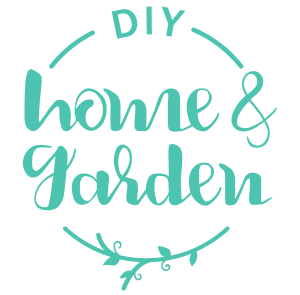Real Estate
10 Ideas to Enhance Your Outdoor Entertainment Area
Look no further if you're seeking fresh new ways to maximize your outdoor entertainment spaces. These 10 tips can help.
What Are the Secrets To Success As Part-Time Real Estate Agent?
Are you considering a career as a part-time real estate agent but unsure if you'll succeed? Here are the tips you need to find success.
Manage Your Finances While Househunting With 5 Essential Tips
Most homebuyers don't realize how much goes into homeownership...
Latest Articles
6 Options for Starting a Garden at Your Home
Read 6 options for starting a garden, allowing you to grow an abundant harvest of fresh fruits and vegtables - reduce your grocery bill.
Smart Ways to Make Your Money Work for You
Read how you can make your money work for you to enjoy greater financial freedom - even if you are not rich!
Sherwin-Williams 2026 Color of the Year: Universal Khaki (SW 6150)
Discover how Sherwin-Williams’ 2026 Color of the Year, Universal Khaki (SW 6150), brings timeless warmth and balance to any room or exterior.
Popular Articles
How To Set Up Your Own Brackish Fish Tank
What's a brackish fish tank? It's an environment between freshwater and saltwater. This simulates the water conditions where the river meets the sea. Learn how.
Perfect Your Homes Exterior
Always trying to perfect your home's exterior? You're not alone. Here area some tips to help make your house the envy of the neighborhood.
© 2024 Home&Garden. All Rights Reserved. | DIY Home & Garden earns from qualifying purchases through Amazon and other affiliate links.

